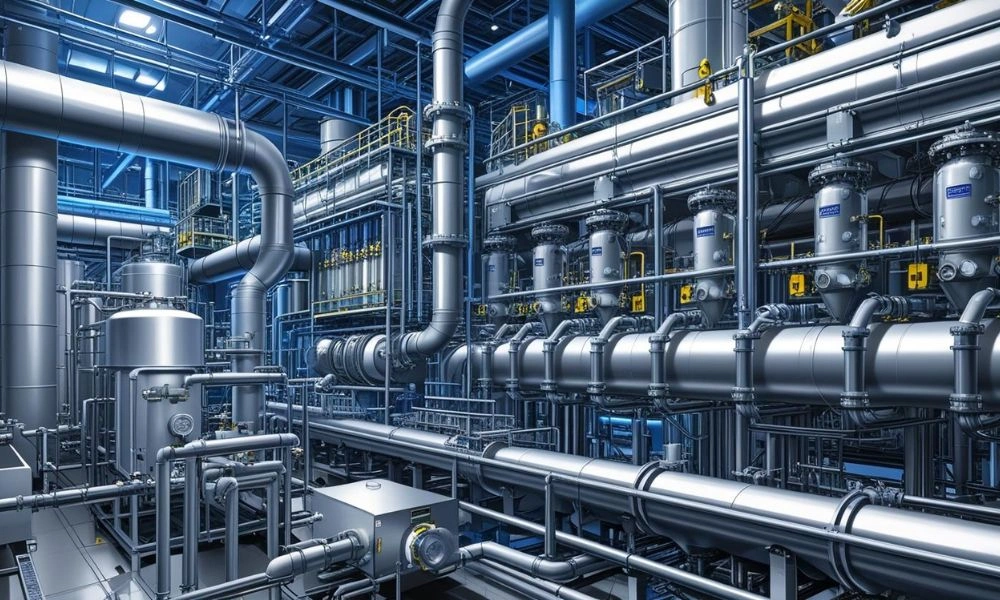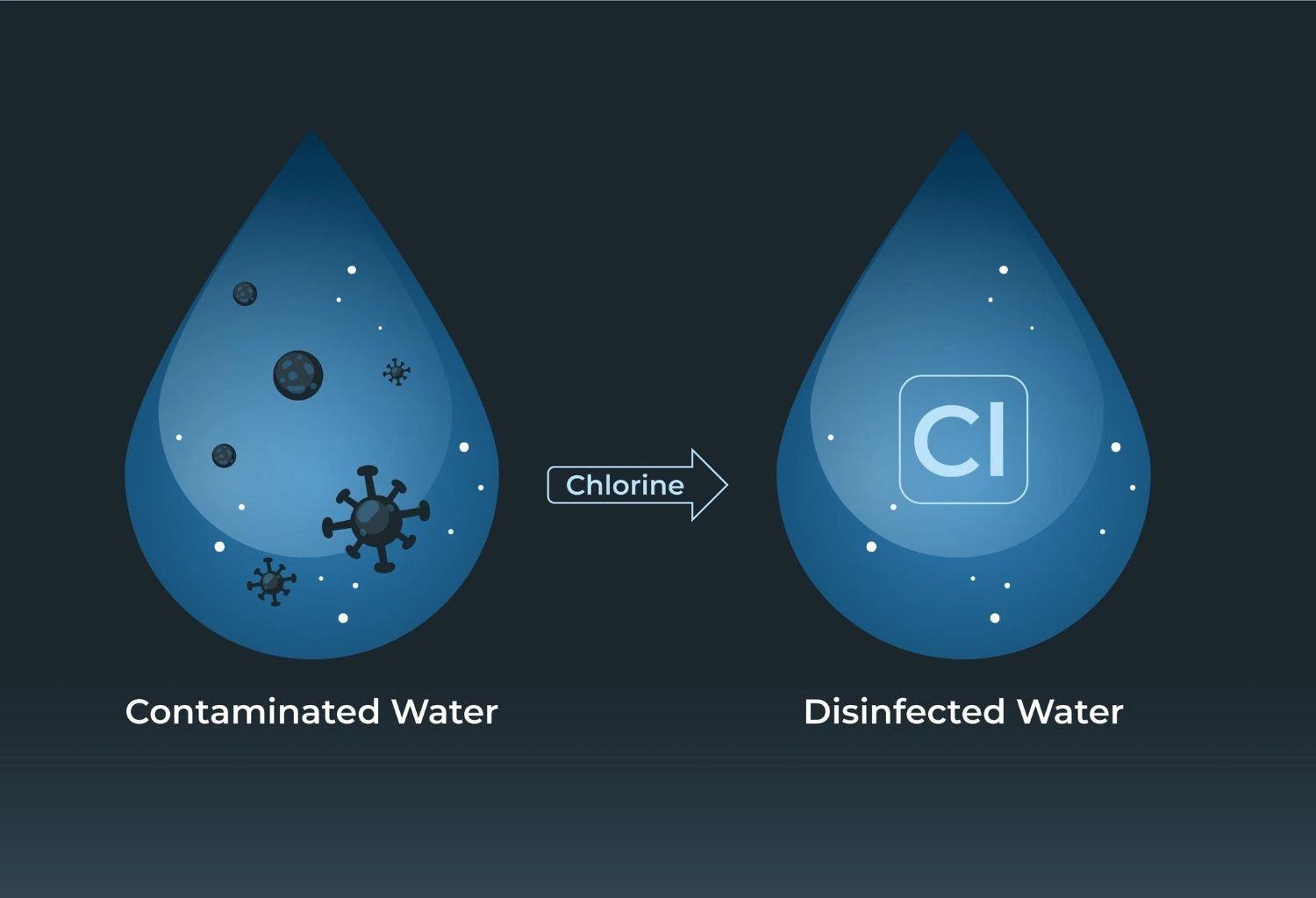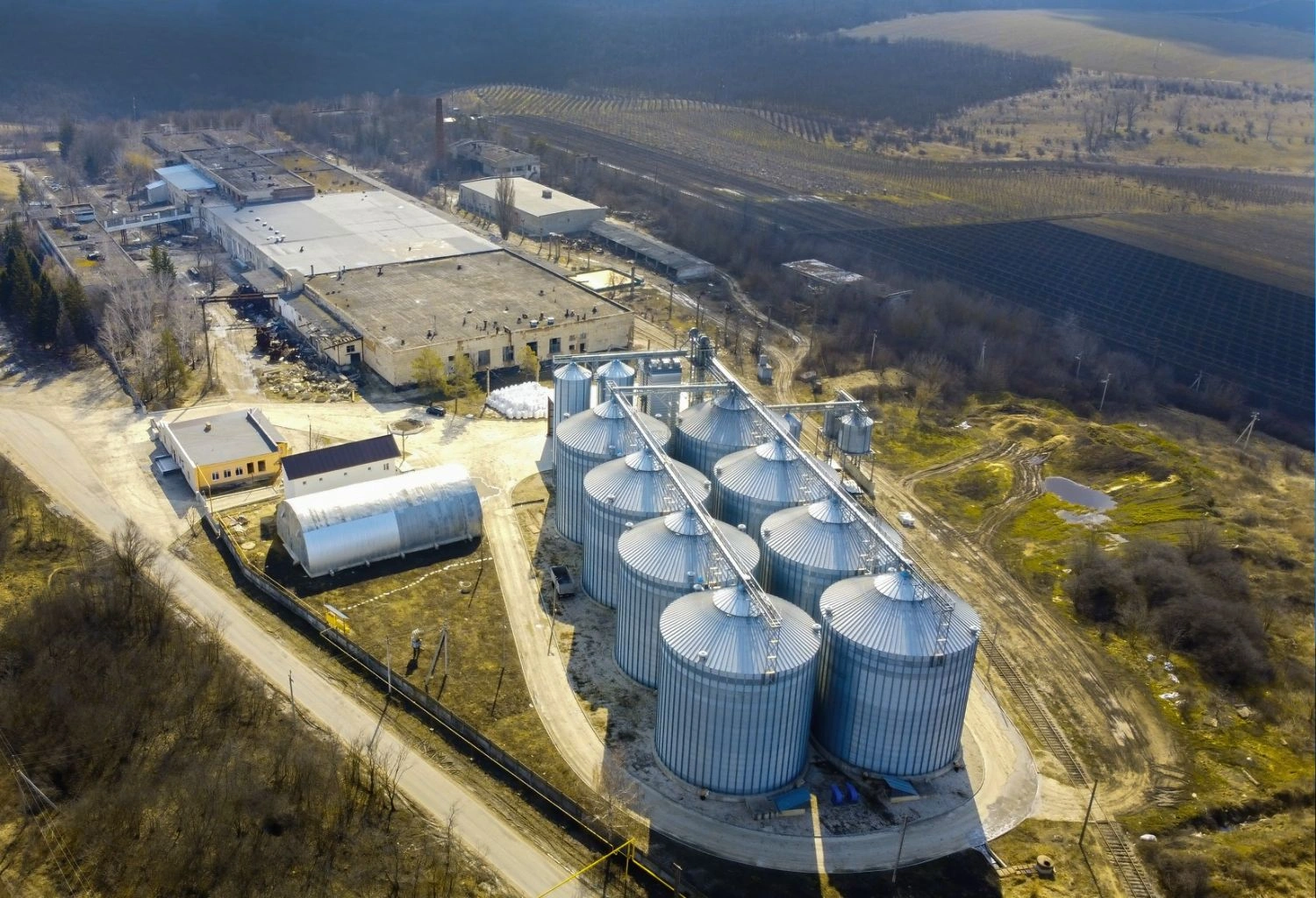Zero Liquid Discharge (ZLD) is a cutting-edge water treatment strategy that eliminates liquid waste by recovering all water and transforming residues into solids. It ensures full compliance with environmental regulations, minimizes water intake, and offers cost-effective benefits—making ZLD essential for industries seeking sustainable, responsible, and water-efficient operations.
Zero liquid discharge (ZLD)
Why is Zero Liquid Discharge important for industries?
In an age where water shortage and environmental norms are escalating, industries have no choice but to implement sustainable water treatment techniques. One of the most complete methods in existence now is Zero Liquid Discharge (ZLD). This method not only conserves natural water bodies from contamination but also aids in water reuse and resource recovery. This post delves into what ZLD is, how it functions, why it’s so important, and how businesses such as Water Care Services Pakistan (WCSP) are pioneering the use of sustainable ZLD systems.
What is Zero Liquid Discharge?
Zero Liquid Discharge is a sophisticated wastewater management system that aims to remove any liquid waste exiting a plant. In a ZLD process, all the wastewater gets treated and water gets reclaimed for reuse, and the leftover solids are safely released or reused.
Instead of letting wastewater drip out into the environment, ZLD systems take every drop. Not only does it satisfy strict environmental laws, it also eliminates the need for freshwater—particularly significant in water-scarce areas such as Pakistan.
The fundamental objective of Zero Liquid Discharge is to:
- Recover all recoverable water from wastewater
- Generate solid waste instead of liquid effluent
- Ensure complete regulatory compliance
- Facilitate long-term water reuse in industries
WCSP combines cutting-edge technologies including electrocoagulation, AOP (Advanced Oxidation Processes), sludge-free bioremediation, and membrane filtration to provide high-performance ZLD solutions for various industries.
How Does Zero Liquid Discharge Work?
Zero Liquid Discharge process entails several steps that treat wastewater to the point where all water is reused or evaporated, leaving only solid waste behind.
1. Pre-Treatment
Initial treatment is the removal of large particles, oil, and suspended solids. WCSP employs technologies such as:
- Electrocoagulation for binding and removal of impurities
- pH adjustment and flocculation for sedimentation
2. Filtration using membranes
The water, after pre-treatment, undergoes:
- Ultrafiltration (UF) to get rid of fine particles
- Reverse Osmosis (RO) to split clean water from brine (salty concentrate)
3. Evaporation and Crystallization
The RO reject (brine) is processed in evaporators. Water is evaporated and condensed and reused, while salts and impurities precipitate into solid crystals.
4. Solids Handling
Dewatered remaining solids are disposed of in accordance with environmental regulations or, in a few instances, reused.
5. Reuse of Water
The recovered water is frequently clean enough for reuse in industry, tremendously cutting down on fresh water intake.
This whole cycle guarantees Zero Liquid Discharge — no untreated water exits the plant.
Significance of Zero Liquid Discharge
Zero Liquid Discharge is more than a technology—it’s a requirement for industries that wish to:
- Adhere to environmental regulations
- Conserve water resources
- Prevent penalties and plant operations disruptions
- Improve brand sustainability reputation
Here’s why ZLD is important:
✅ 1. Compliance with the Environment
ZLD complies with stringent national and global discharge standards. For businesses in Pakistan and elsewhere, this translates to risk-free operations within regulated areas.
✅ 2. Water Shortage Management
Pakistan is a water-scarce nation. ZLD systems significantly minimize reliance on freshwater resources through inner recycling of treated water.
✅ 3. Business Sustainability
Most organizations are embracing ESG (Environmental, Social, and Governance) standards. ZLD implementation reflects responsibility for the environment and corporate citizenship.
✅ 4. Economic Efficiency
Although capital-intensive initially, ZLD systems provide long-term cost savings through reduction of:
- Water purchase costs
- Waste disposal expenses
- Potential liability from lawsuits
✅ 5. Operational Stability
By recycling water in-house, industries are less dependent on undependable municipal water supplies.
Demineralization Water System
Where is ZLD Applied?
Zero Liquid Discharge is very effective in industries with complex, high-load wastewater:
- Textile & dyeing
- Power generation
- Petrochemical & refining
- Pharmaceuticals
- Food & beverage
- Pulp & paper
WCSP’s custom-designed ZLD systems are already operational across these industries in Pakistan.
WCSP’s Role in Zero Liquid Discharge in Pakistan
Water Care Services Pakistan (WCSP) has been at the forefront of sustainable water treatment since 2007. As an ISO-certified company, WCSP incorporates cutting-edge technologies such as:
- Sludge-free bioremediation
- Advanced oxidation (AOP)
- Electrocoagulation
- Membrane-based systems
- Energy-saving evaporators
WCSP guarantees long-term operation with little maintenance by providing turnkey ZLD systems customized to the individual requirements of every industry.
Conclusion
Zero Liquid Discharge is a revolutionary solution to the problem for industries seeking full water recovery, adherence to strict regulations, and support for sustainability initiatives. With the application of cutting-edge technologies including electrocoagulation, AOP, and bioremediation, industries can lower their ecological footprint while also enhancing their operation efficiency.
For Pakistani as well as other companies, WCSP provides efficient, cost-effective, and energy-efficient ZLD solutions. With years of experience and dedication towards green water management, WCSP prepares businesses for the future challenges and gives them complete support from installation to extended upkeep.
Frequently Asked Questions (FAQs)
1. What is Zero Liquid Discharge (ZLD)?
ZLD is a wastewater treatment process that recycles all water from industrial wastewater, ensuring no liquid effluent is discharged, and only solid waste remains for disposal or reuse.
2. How does Zero Liquid Discharge work?
ZLD involves pre-treatment, filtration, evaporation, crystallization, and solids handling to reclaim water for reuse, leaving only solid waste behind, thus preventing any wastewater from exiting the plant.
3. Why is ZLD important for industries?
ZLD helps industries comply with environmental regulations, conserve water, reduce waste, enhance sustainability, and improve operational efficiency by recycling water instead of relying on freshwater sources.
4. What are the main benefits of Zero Liquid Discharge?
ZLD promotes water conservation, compliance with environmental laws, operational stability, cost savings, and enhanced corporate sustainability by reducing freshwater intake and waste disposal costs.
5. What industries benefit from ZLD systems?
Industries like textiles, power generation, petrochemicals, pharmaceuticals, food and beverage, and pulp & paper benefit from ZLD by efficiently managing high-load wastewater and reducing environmental impact.
6. How does ZLD reduce water consumption?
By recycling treated wastewater within the facility, ZLD systems significantly reduce reliance on external water sources, conserving precious freshwater resources, especially in water-scarce regions like Pakistan.
7. Is ZLD cost-effective?
While initial investment in ZLD technology can be high, the long-term savings from reduced water procurement, waste disposal, and legal compliance costs make it a cost-effective solution for many industries.
8. What technologies are used in ZLD systems?
ZLD systems use advanced technologies like electrocoagulation, reverse osmosis (RO), advanced oxidation processes (AOP), membrane filtration, and energy-efficient evaporators to ensure efficient water reclamation and waste treatment.
9. Can ZLD systems handle all types of wastewater?
ZLD systems are particularly effective for industries with complex, high-load wastewater, such as textiles, pharmaceuticals, and petrochemicals, where high contamination levels require advanced treatment processes.
10. What role does WCSP play in ZLD implementation?
Water Care Services Pakistan (WCSP) provides tailored ZLD solutions, offering cutting-edge technologies, installation, and maintenance services to industries, ensuring efficient water management and compliance with environmental regulations.



